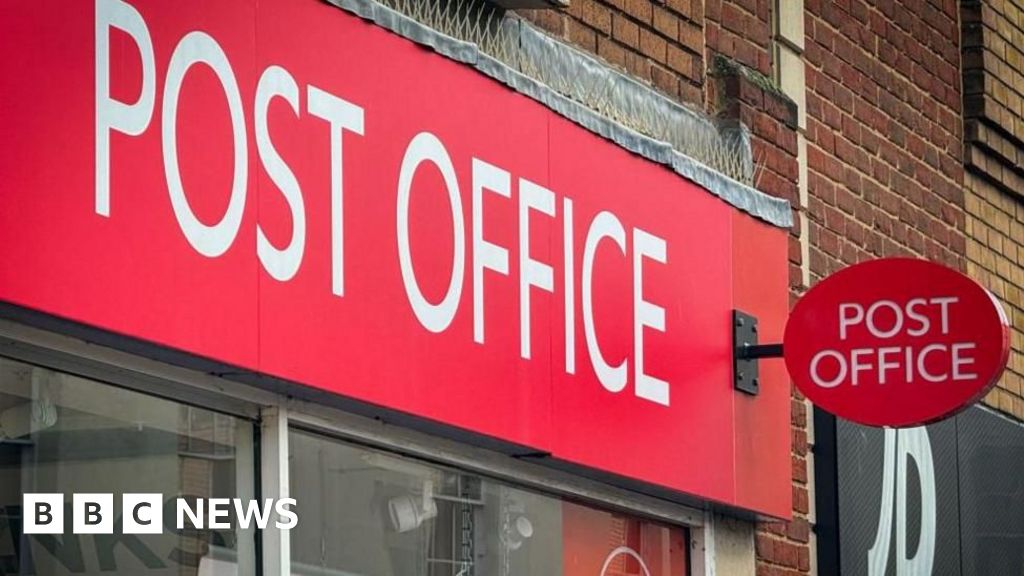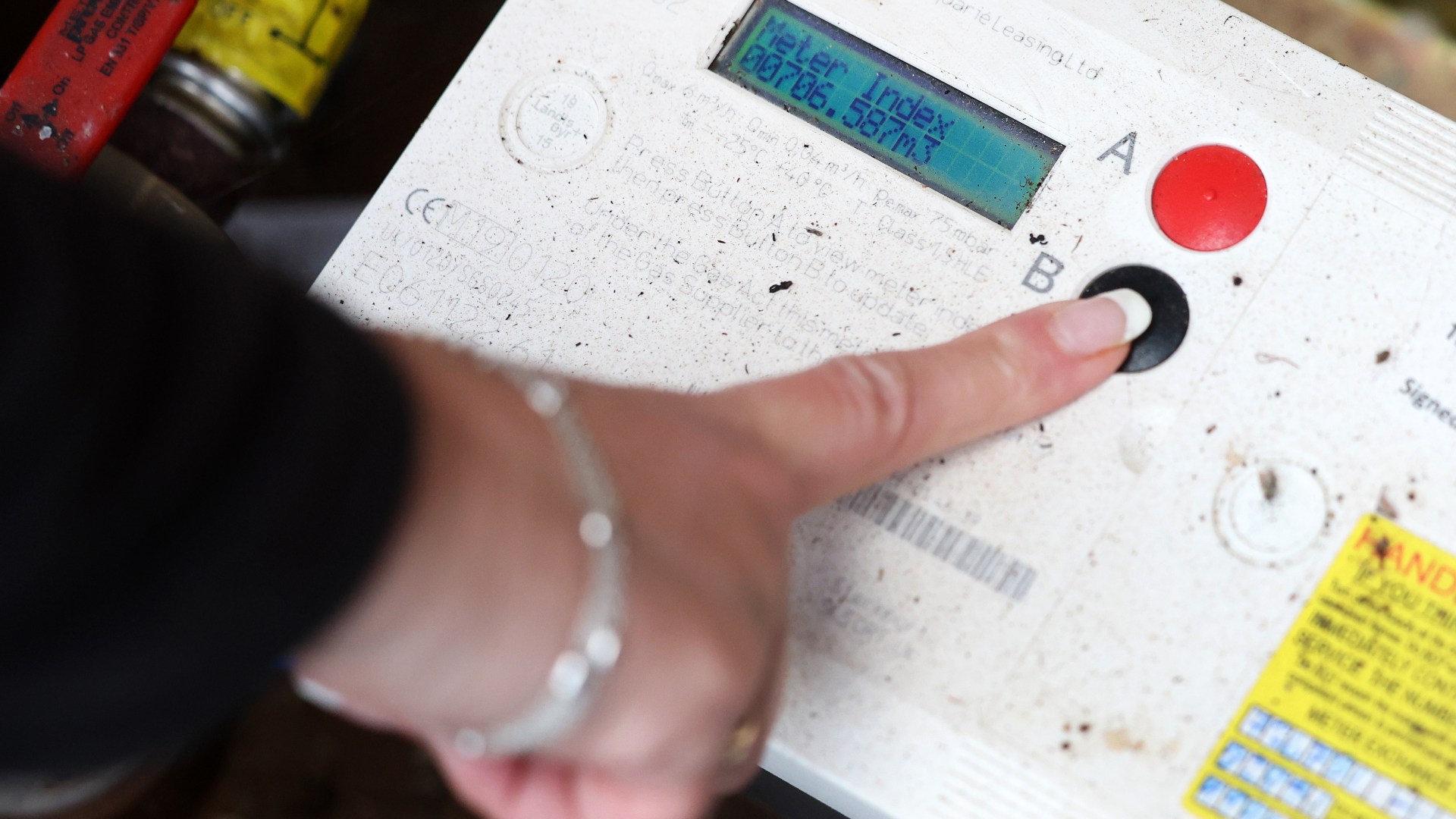Chinese equities posted their best day since the 2008 global financial crisis on Monday, extending a historic rally triggered by Beijing’s bumper stimulus package.
China’s blue-chip CSI 300 index of Shanghai- and Shenzhen-listed companies soared 8.5 per cent on Monday, as investors piled in ahead of a public holiday for the rest of the week for Golden Week celebrations.
The move continued a rally that started last week when first the People’s Bank of China, followed by the politburo led by President Xi Jinping, pledged widespread monetary and fiscal stimulus measures to support flagging economic growth.
The rally marks a stark turnaround for the Chinese market, which has suffered big falls over the past three and a half years as foreign investors flee in the face of concerns about a slowing economy and a slow-burning crisis in real estate.
“We do think this equity market rally could go a bit further,” said Manik Narain, head of emerging markets strategy at UBS. “I would say from here another 5 to 10 per cent rally would not look extreme in our opinion.”

Daily trading volumes were the highest in nine years, according to LSEG data.
The CSI 300 has now risen a cumulative 24 per cent over five sessions since last Tuesday, before the stimulus measures were announced. The package, Beijing’s biggest since the coronavirus pandemic, includes a $100bn central bank war chest for investors and companies to buy shares, while the politburo said in a forceful statement that it would intensify spending.
In Hong Kong the Hang Seng index closed up 2.4 per cent, led higher by Chinese companies listed in the territory including Alibaba and Tencent. Its year-to-date performance — most of which has come in the past couple of weeks — now stands at 24 per cent, higher than the S&P 500 index’s 20 per cent gain.
The rally was in contrast to the downbeat performance of other big Asian markets on Monday. Japan’s Nikkei 225 tumbled 4.8 per cent in a chaotic session following news that the incoming prime minister, Shigeru Ishiba, is to call a general election for October 27.
Traders said the falls reflected fragile investor confidence about Ishiba, who has previously expressed his support for bigger taxes on companies and investment income.
India’s BSE Sensex, which has been widely seen as a big beneficiary of nervy equity investors rotating out of China, was down 1.5 per cent. South Korea’s Kospi closed down 2.1 per cent.
The gains in the Chinese market also spurred commodity prices, with iron ore futures that expire in January 2025 and are traded on the Dalian Commodity Exchange up by almost 11 per cent.
However, analysts cautioned that a long-lasting rally in China would not be sustained by monetary policy easing alone, and called for more details on fiscal stimulus.
“The market needs a ‘1-2-3 punch’ [with current monetary easing as the first action], followed up by big fiscal stimulus, and more importantly structural reform to sustain the rally rather than a short-term trade,” said Minyue Liu, investment specialist for Greater China and global emerging market equities at BNP Paribas Asset Management.
“This China stimulus is likely to stay within Chinese borders,” said Narain of UBS. “Upon completion of Golden Week maybe we’ll see more details on the stimulus measures — we’re looking for details on measures to support consumption for example . . . which are very scant.”
Additional reporting by Leo Lewis in Tokyo







































































































































You must be logged in to post a comment Login